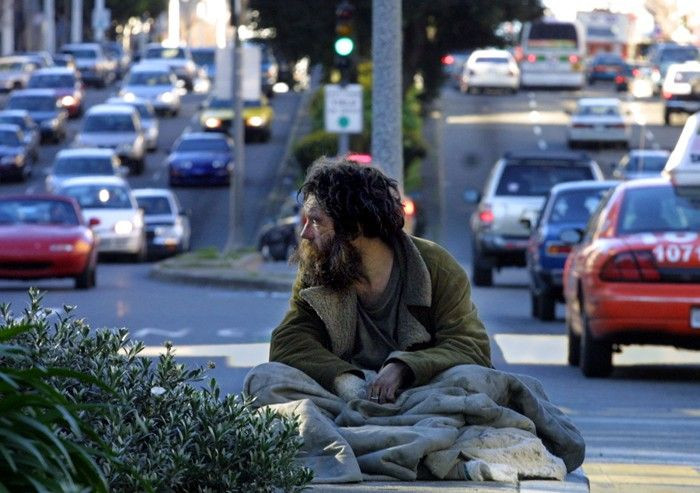1 in 2 Americans Are Poor or Low Income: U.S. Census

Almost half of the U.S. population is either low-income or has fallen into poverty, according to The Associated Press, which reports new data from the U.S. Census Bureau depicts a dwindling middle class as the result of persistently high unemployment, rising living costs and unraveling social safety net programs.
The latest data is based on a new supplemental measure by the Census Bureau designed to illustrate a fuller picture of poverty in the U.S. The measure takes into account medical, commuting, taxes and other expenses that haven't traditionally been counted when analyzing U.S. poverty data.
About 97.3 million Americans are low-income -- defined as those earning between 100 percent and 199 percent of the U.S. poverty level - while 49.1 million reportedly fall below the poverty line. The 2010 poverty threshold, as calculated by the supplemental poverty measure, is approximately $24,343 a year for a family of four, an increase from the agency's previous threshold of $22,113.
Many Earning Slightly Too Much for Safety Net Programs
Safety net programs such as food stamps and tax credits kept poverty from rising even higher in 2010, but for many low-income families with work-related and medical expenses, they are considered too 'rich' to qualify, Sheldon Danziger, a University of Michigan public policy professor who specializes in poverty, told the AP.
Danziger added that if the U.S. Congress makes further cuts to those safety net programs the number of poor and near-poor families will rise even further in the coming years.
Congress is at loggerheads over a spending bill that would extend a temporary payroll tax cut for 160 million Americans. Although most Democrats and Republicans have expressed support for the extension -- which would put reportedly an extra $1,000 in the pockets of middle class families next year - the parties have been locked in a partisan battle over how to fund the extension.
On Thursday, the U.S. Conference of Mayors Task Force on Hunger and Homelessness announced a survey 29 U.S. cities found that all but four of the survey cities reported requests for emergency food assistance has risen over the past year by an average of 15.5 percent. Among those requesting assistance, 51 percent had families, 26 percent were employed, 19 percent were elderly and 11 percent were homeless.
The organization reports individuals were mainly unable to purchase an adequate supply of food due to unemployment, followed by poverty, low wages and high housing costs.
© Copyright IBTimes 2024. All rights reserved.





















